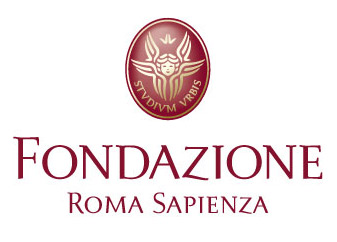Trio in La maggiore per Flauto traversiere, Oboe d'amore e Basso
Source:
The source is the manuscript of separate parts. Caption title: “TRIO | à | Flute Traversieur | Hautbois d'Amour | et | Basse Chiffrée | del | Seigneur Lotti”, Staatsbibliothek zu Berlin - Preußischer Kulturbesitz, Musikabteilung (D-B), Mus.ms. 13216, RISM ID no.: 452021898.
Sample:
Score:
Separate parts:
Date:
Monday, June 11, 2018
Release notes:
Version 1.0
- Log in to post comments


News & Comments
Trio per Flauto traversiere, Oboe d'amore e Basso TWV 42:A9
Telemann trio sonata
Telemann trio sonata TWV 42:A9
Oboe d'amore part
Oboe D'amore
French clef
Score with oboe d'amore part at pitch?